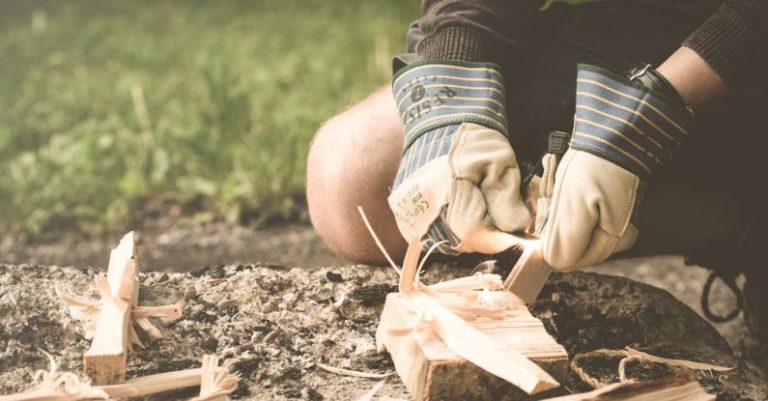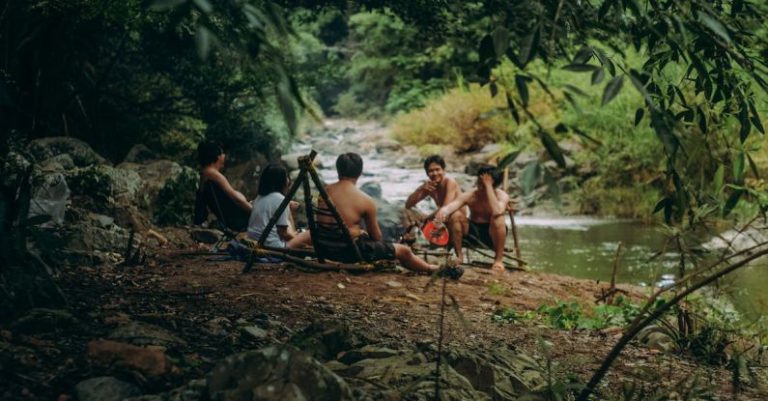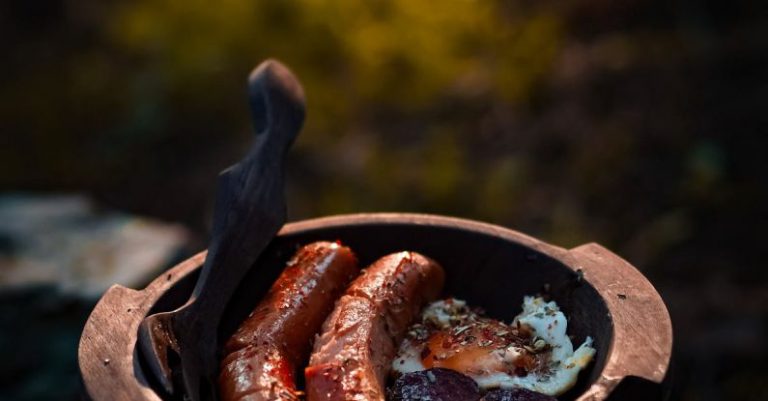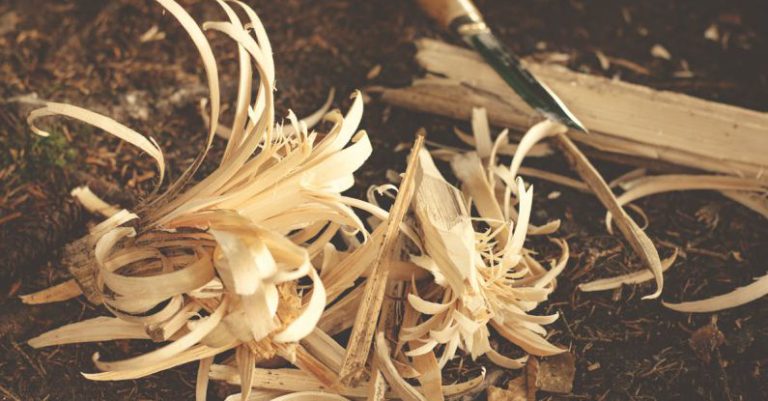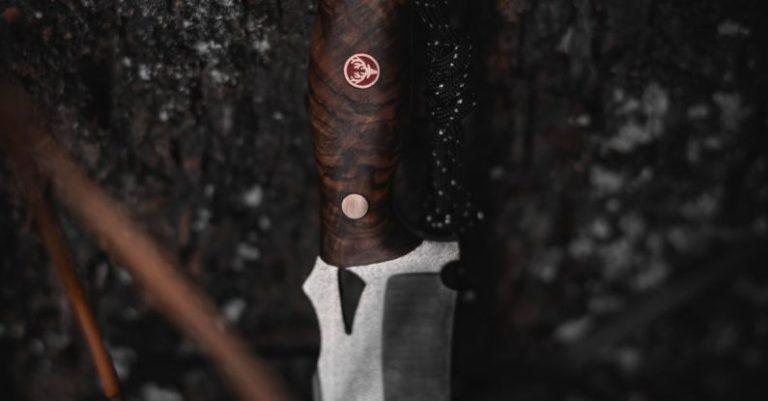
When venturing into the wilderness, one of the most essential resources you need to survive is clean water. However, in nature, clean water sources are not always readily available. As a result, it is crucial to know how to purify water in the wilderness to ensure your health and safety. In this article, we will explore various methods you can use to purify water and make it safe for consumption when you are out in the wild.
**Boiling**
Boiling water is one of the most effective ways to purify it in the wilderness. It is a simple and reliable method that can kill most of the bacteria, viruses, and parasites that may be present in the water. To use this method, all you need is a container to boil the water in and a source of heat. Bring the water to a rolling boil for at least one minute, or three minutes at higher altitudes, to ensure that it is safe to drink.
**Filtration**
Filtration is another popular method for purifying water in the wilderness. There are various portable water filters available on the market that are designed specifically for outdoor use. These filters work by physically removing bacteria, protozoa, and other contaminants from the water. When choosing a water filter, look for one that meets the EPA standards for water filtration and is suitable for the type of water sources you are likely to encounter in the wilderness.
**Chemical Treatment**
Chemical treatment is a convenient method for purifying water in the wilderness when boiling or filtration is not possible. Water purification tablets or drops containing chlorine dioxide or iodine can be used to kill harmful microorganisms in the water. Follow the instructions provided with the chemical treatment product to ensure that the water is safe to drink after treatment. Keep in mind that chemical treatments may leave a taste or color in the water, so you may want to use a flavor neutralizer or wait for the treatment to fully take effect.
**Solar Disinfection (SODIS)**
Solar disinfection, or SODIS, is a natural method for purifying water using sunlight. To use this method, fill a clear plastic or glass container with water and place it in direct sunlight for at least six hours, or two days if the weather is cloudy. The UV rays from the sun will help kill bacteria and other pathogens present in the water, making it safe to drink. SODIS is an excellent method for purifying water in situations where other purification methods are not available.
**Distillation**
Distillation is a more complex method of purifying water in the wilderness but can be effective in removing contaminants such as heavy metals and salt. To distill water, you need to heat it to create steam, then collect and condense the steam back into liquid form. While distillation can remove a wide range of impurities, it may not be practical in all wilderness situations due to the equipment and time required.
**Conclusion**
Ensuring access to clean water is paramount when spending time in the wilderness. By familiarizing yourself with various water purification methods such as boiling, filtration, chemical treatment, solar disinfection, and distillation, you can stay hydrated and healthy during your outdoor adventures. Remember to plan ahead and carry the necessary equipment to purify water effectively, even in remote locations where clean water sources may be scarce. Prioritize your safety and well-being by making water purification a top priority in your wilderness survival skills.

